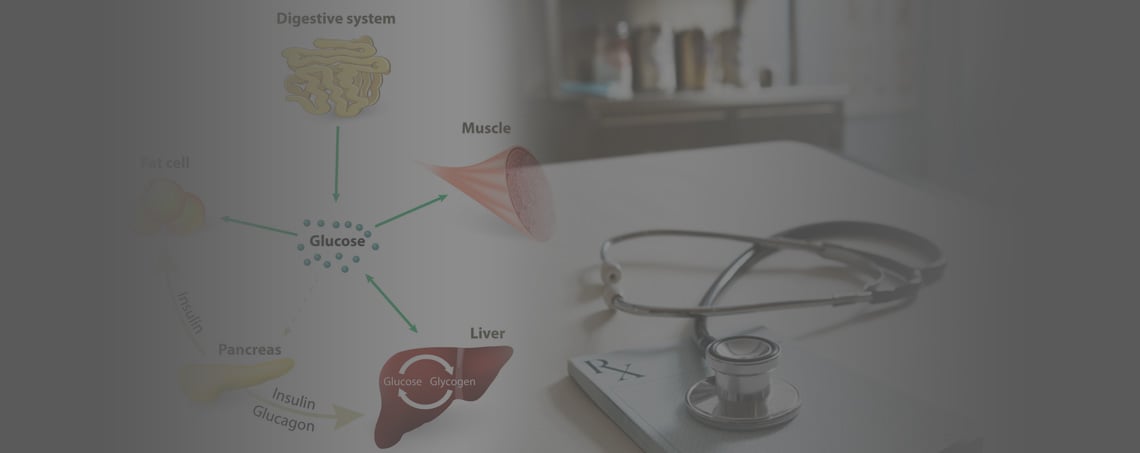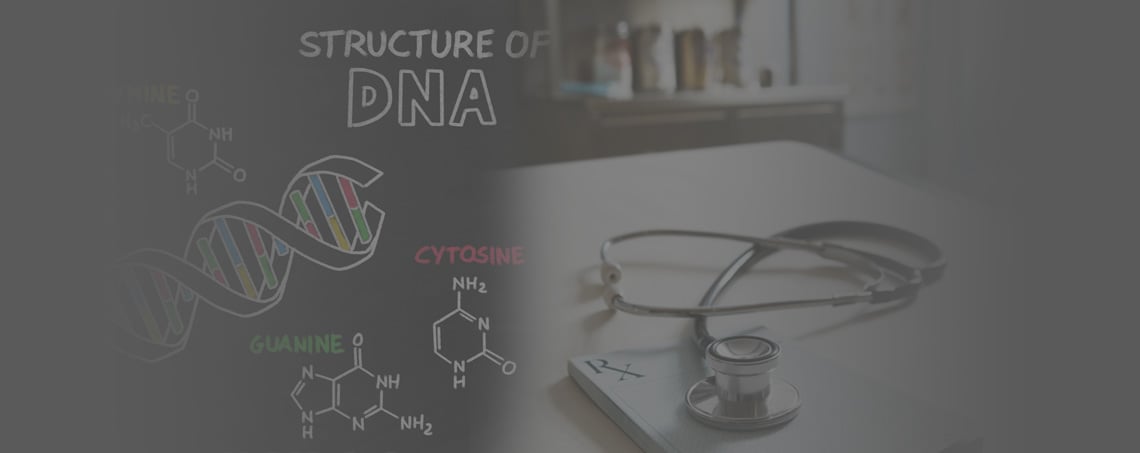What Are Common Vitamin D3 Deficiency Symptoms?
Are you wondering if some of your symptoms are related to vitamin D deficiency? Do you want to know what are the common vitamin D deficiency symptoms?
In this article we look at what some of these common symptoms are, how you know if you have enough vitamin D, who is susceptible to vitamin D deficiency, and other questions surrounding vitamin D deficiency.
How You Know If You Are Vitamin D Deficient?
We will look at what the common vitamin D deficiency symptoms are. First, I wanted to point out that the symptoms of vitamin D deficiency are not necessarily unique to vitamin D itself. Many of these symptoms can also be attributed to other health problems, conditions etc. So the symptoms alone are not sensitive or specific enough to know if you have a vitamin D deficiency. That being said, you can use symptoms as a general guide to understand how likely your are to be deficient. There are other indicators that may suggest vitamin D deficiency as well.
These include things like where you live. Vitamin D deficiency is more common as you get further away from the equator. Also depending on what the weather is like you may be more or less likely to be deficient in vitamin D. This has to do with the angle of the sun and how much vitamin D your body produces when the sun hits your skin. The more direct sun the more vitamin D you will produce at any given time. If you don't spend a lot of time outside you are probably not going to make a lot of vitamin D either. If you put sunscreen on when you go outside, you are less likely to produce vitamin D too. Especially compared to someone that works outside all the time and wears no sunscreen.
The Common Vitamin D Deficiency Symptoms
Some of the common vitamin D deficiency symptoms include things like bone pain, arthralgias, myalgias, fatigue, muscle twitching also known as fasciculations, weakness and low back pain. Arthralgias are joint related pain and myalgia are more muscle related pain. The weakness associated with vitamin d deficiency often occurs in the proximal muscles like the upper thighs. There can also be throbbing bone pain. This bone pain is specific to the sternum or even the tibia (lower leg) area when pressing on it. These are some of the common reported symptoms in research papers.
 In practice, when people take vitamin D it commonly improves their energy levels and provides additional support to their immune system. If you are someone that gets sick a lot you may be vitamin D deficient. The more of these things that align, the more likely you are to be vitamin D deficient. In this case it makes getting your levels checked more important.
In practice, when people take vitamin D it commonly improves their energy levels and provides additional support to their immune system. If you are someone that gets sick a lot you may be vitamin D deficient. The more of these things that align, the more likely you are to be vitamin D deficient. In this case it makes getting your levels checked more important.
There are also many associated health conditions with vitamin D deficiency as well. These are not symptoms in the strictest sense but things that increase the likelihood of vitamin D deficiency. These are things like diabetes, cardiovascular disease, obesity, and several different cancers. The cancers that are associated with vitamin D deficiency are ovarian cancer, breast cancer, prostate cancer. If you have any of these conditions, it's more likely that you have deficiency. However it's not that these conditions are causing the deficiency. Osteoporosis is of course also associated with long term vitamin D deficiency.
Testing for Vitamin D Deficiency
If you think that you might be deficient it is best to get tested. We want to define what constitutes deficiency. When you are doing this test, you want to look at the 25 hydroxy-vitamin D3. There are two different tests for this. There is the Mass Spec and Liquid Chromatography test and this is always going to be the better test to do. The other test that uses more immunoassay (IA). It is also very sensitive and serves as a useful guide to see where your vitamin D levels are at. It is not as sensitive and specific as the Mass Spec and Liquid Chromatography test though. When reading your results, vitamin D deficiency is constituted as anything less than 20 nanograms per ml. Some labs will even market anything less than 30 nanograms per ml as low. What you want to look at is do you have optimal levels of vitamin D. The optimal level of vitamin d is somewhat of a debate. You may want to factor in genetics and other health issues. For instance, if there's changes in your vitamin D receptor you may want a higher level. I like to see the 25 Hydroxy-vitamin D around to 50 nanograms per ml. It could be a little bit more could be a little bit less.
With excess vitamin D you run into the risk of high calcium and the problems that may be associated with that. Anything above 80 ng/ml would be considered excess and more risky. Anything less than 20 ng/ml you may have problems long term with immune system and bone problems like osteoporosis (as well as the symptoms mentioned above).
There are some genetic alterations that play a role in your vitamin D activity in your body. So when you are looking at your vitamin D status understanding your genetics is important too. Some VDR (which stands for vitamin D receptor) SNP's (single nucleotide polymorphism) can increase the need for vitamin D overall. There's also some genetic alterations that might change how efficient your body is at making vitamin D. These are things to consider when looking at wether you need more vitamin D in your body. If your levels look good and you're still having these symptoms, you need to look elsewhere for what's causing them.
Getting Enough vitamin D
In terms of getting adequate vitamin D and prevent vitamin D deficiency, you should spend 15 to 20 minutes in direct sunlight every day with about forty percent, or almost half of your body exposed. If you have higher concentrations of melanin darker skin, it's going to reduce the amount of vitamin D that you produce when you're out in the sun. Similarly as you get older and sometimes if you're overweight, it may reduce the amount of vitamin D that your body produces by sun exposure. Using sunblock, tinted windows, etc also blocks that ultraviolet radiation. If you're not working outside, living in more northern area, you're also at risk for vitamin D deficiency.
Some of the information in this article was gathered from this reference article.
That should give you a better understanding of what are the common vitamin D3 deficiency symptoms. If you have questions about the content in this article, please ask it in the comment section below.
If you want a customized plan on optimizing your vitamin levels, click in the link below to get started.

















